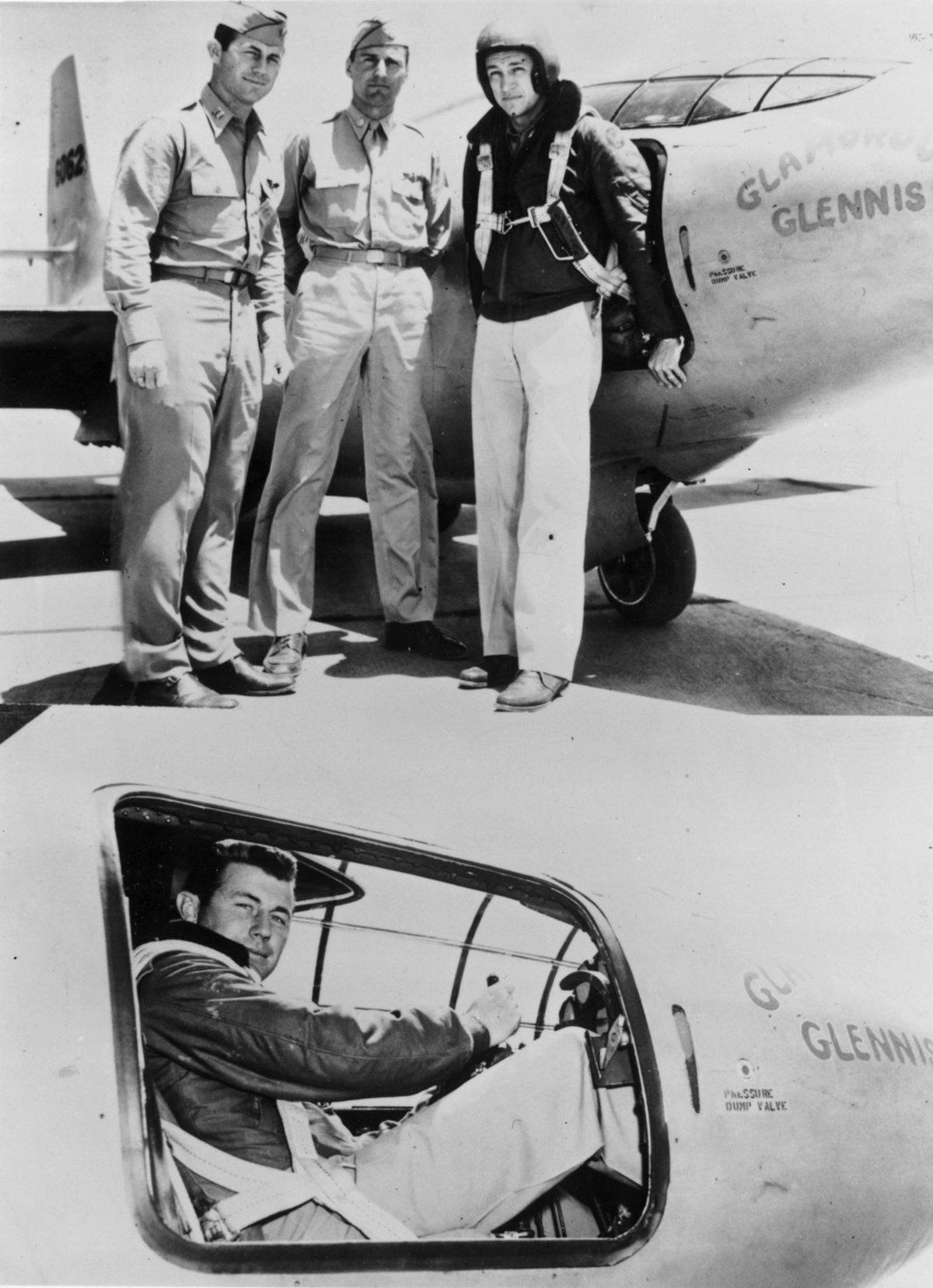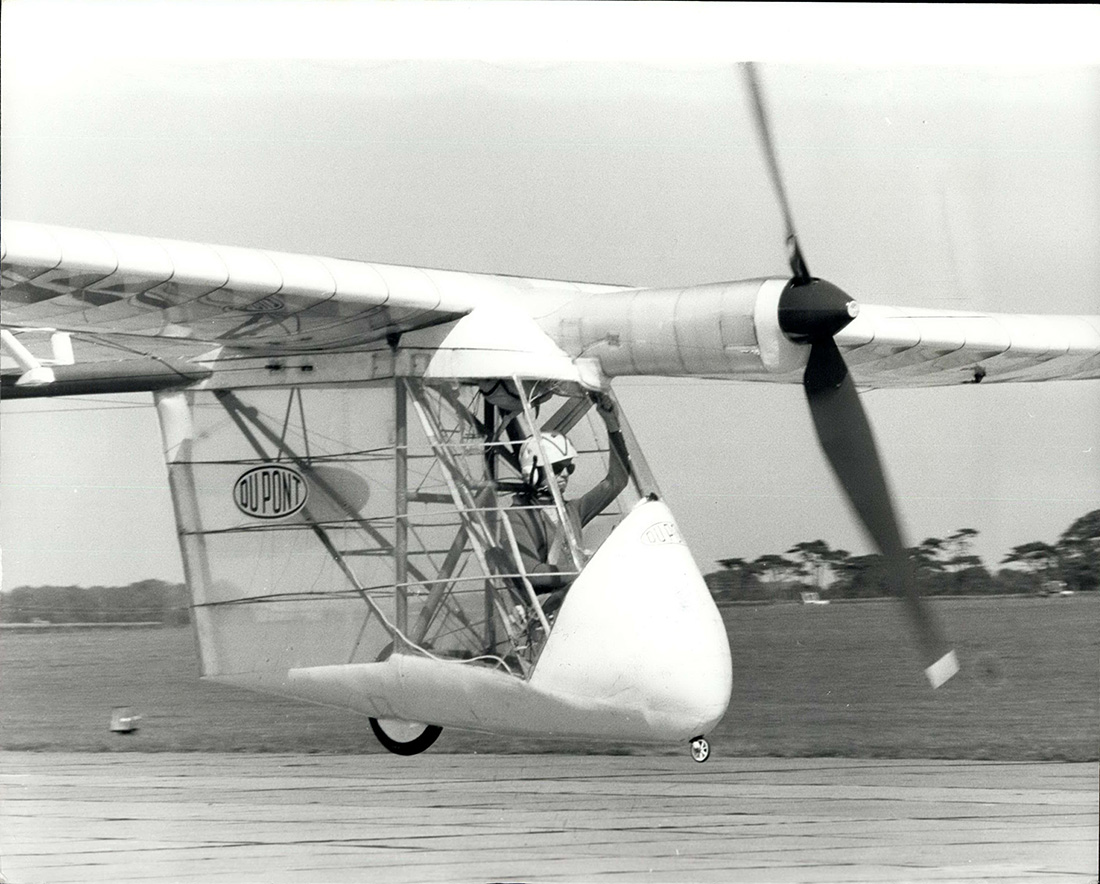The Sky's the Limit: 15 Key Milestones in Aviation History
1947: First piloted supersonic flight

U.S. Air Force captain Charles "Chuck" Yeager was the first to pilot a plane flying faster than the speed of sound. Yeager rocketed into history in the experimental Bell X-1 on Oct. 14, 1947, launching from the bomb bay of a Boeing B-29 at an altitude of 23,000 feet (7,000 meters) and propelled by the Bell X-1 rocket engine to an altitude of 43,000 feet (13,000 meters). He attained a speed of 700 miles per hour (1,127 km/h), according to the National Air and Space Museum.
1958: First transatlantic jet passenger service

The skies became a little more travel-friendly on October 4, 1958, when the British Overseas Airway Corporation (BOAC) sent 40 people winging from London to New York in a BOAC Comet, the first jet airplane to carry passengers across the Atlantic Ocean. The journey took 10 hours and 22 minutes, with one refueling stop in Newfoundland, Wired.com reported in 2010. Tailwinds made the return trip to the United Kingdom significantly faster, with the Comet completing the eastbound journey in only 6 hours and 11 minutes.
1978: First successful transatlantic balloon flight

Ben Abruzzo, Maxie Anderson and Larry Newman were the first people to cross the Atlantic Ocean in a balloon — a helium-filled airship named "Double Eagle II" — on August 11, 1978. They traveled 3,120 miles (5,021 kilometers) in 137 hours and 6 minutes, taking off from Presque Isle in Maine and landing in a field in Evreux, France, the National Balloon Museum wrote on their website.
1981: First solar-powered aircraft to fly across the English Channel

On July 7, 1981, pilot Stephen Ptacek flew a 210-pound (95 kilogram) solar-powered aircraft called "Solar Challenger" 165 miles (266 kilometers) across the English Channel. The aircraft, which had a wingspan of 47 feet (14 meters) cruised at an altitude of 11,000 feet (3,352 m) at an average speed of 30 miles per hour (48 km/h), the New York Times reported in 1981. Power for the flight came from 16,000 cells on its wings that converted solar energy, making it the first solar-powered craft to complete the flight without battery reserves.
2005: First nonstop solo flight around the world without refueling

Photos taken on March 3, 2005, show pilot Steve Fossett chugging champagne directly from the bottle, after becoming the first person to complete a nonstop solo flight around the world — a trip covering 23,000 miles (37,014 kilometers). The 60-year-old Fosset took to the air in a Scaled Composites Model 311 Virgin Atlantic GlobalFlyer jet from Salina, Kansas, on Feb. 28, 2005, remaining aloft for just over 67 hours, The Guardian reported. Fosset did not sleep during the flight — save for occasional two-minute naps — and did not eat, drinking only water and diet chocolate milkshakes, according to the Guardian.
Get the world’s most fascinating discoveries delivered straight to your inbox.

Mindy Weisberger is a science journalist and author of "Rise of the Zombie Bugs: The Surprising Science of Parasitic Mind-Control" (Hopkins Press). She formerly edited for Scholastic and was a channel editor and senior writer for Live Science. She has reported on general science, covering climate change, paleontology, biology and space. Mindy studied film at Columbia University; prior to LS, she produced, wrote and directed media for the American Museum of Natural History in NYC. Her videos about dinosaurs, astrophysics, biodiversity and evolution appear in museums and science centers worldwide, earning awards such as the CINE Golden Eagle and the Communicator Award of Excellence. Her writing has also appeared in Scientific American, The Washington Post, How It Works Magazine and CNN.
 Live Science Plus
Live Science Plus





